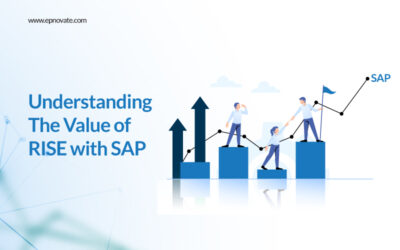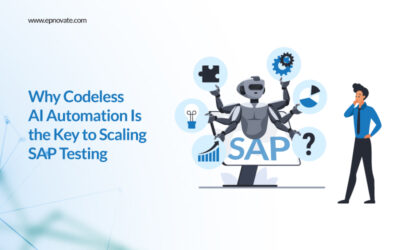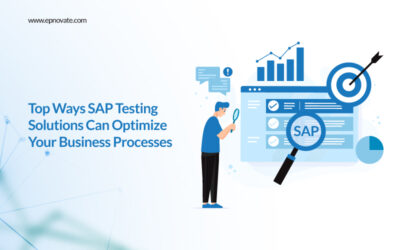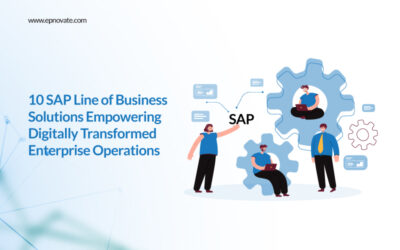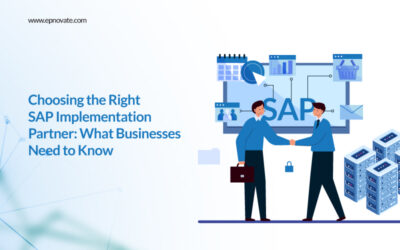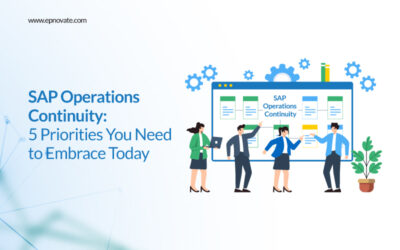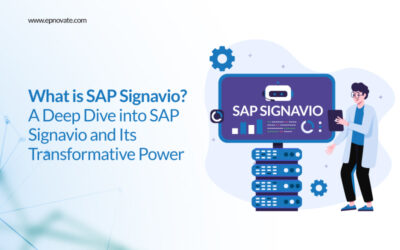How to Future-Proof Your SAP ERP
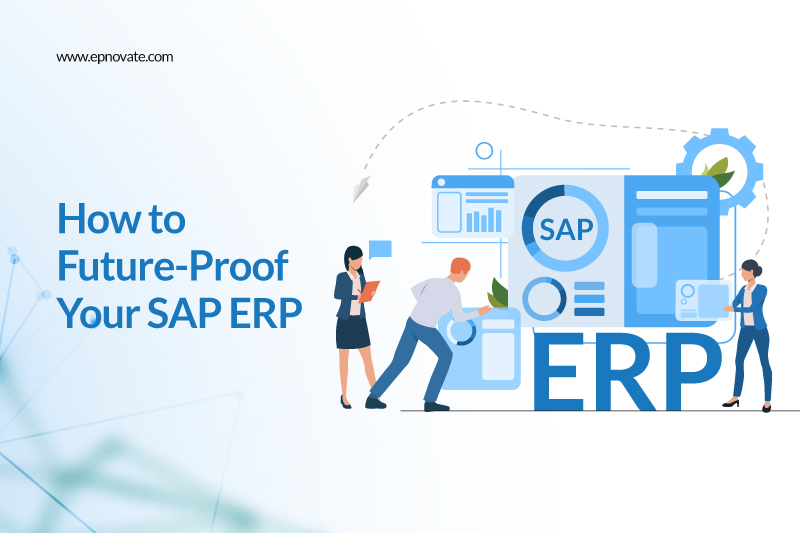
Enterprise Resource Planning (ERP) systems are the backbone of modern businesses. They help companies run processes smoothly, from finance to supply chain and HR. SAP ERP has long been a global leader in this space.
But today, it’s not enough to just use ERP; you need to future-proof it. Future-proofing ensures your system can adapt to new technologies, regulations, and market demands.
Let’s understand why future-proofing is essential, how to assess your current SAP ERP setup, and the key strategies you can apply to make sure your system stays strong in the years ahead.
Understanding the Need for Future-Proofing
The business world is not static. Technology, customer needs, and compliance requirements keep evolving. An outdated ERP system can slow you down, create inefficiencies, and even put you at risk of non-compliance.
Future-proofing helps you:
- Keep your ERP flexible for innovations.
- Ensure data security and compliance with changing laws.
- Improve business performance through automation and analytics.
- Support scalability as your company grows.
This is why many organizations are exploring SAP S/4 HANA migration services to upgrade and prepare their ERP for the future.
Assessing Your Current SAP ERP Landscape
Before you make changes, you need to clear picture of where you stand today. Start with these questions:
- Are your business processes running efficiently or heavily customized?
- Is your system running on hold hardware or outdated versions?
- How much of your data is stored in silos, making reporting difficult?
- Can your ERP integrate with new cloud-based tools and AI solutions?
A complete assessment of your current ERP environment allows you to spot weaknesses and plan upgrades more effectively.
Key Strategies to Future-Proof Your SAP ERP
1. Move Towards Cloud and Hybrid Models
Cloud ERP solutions offer agility and cost savings compared to traditional systems. They also ensure automatic updates and seamless scalability. If moving fully to the cloud is not possible, hybrid models (a mix of on-premise and cloud) can still provide flexibility.
2.Strengthen Integration Across Applications
Modern businesses rely on multiple tools, CRM, HR platforms, e-commerce systems, and more. A future-proof ERP must integrate smoothly with all of them. APIs and middleware can ensure real-time data exchange and avoid silos.
3. Invest in Automation and AI
Robotic Process Automation (RPA), machine learning, and AI-powered analytics reduce manual work and errors. These technologies also provide insights that help leaders make data-driven decisions.
4. Enhance Security and Compliance
Cybersecurity threats are growing. Future-proof ERP means having strong access controls, encryption, and compliance with local and global regulations like GDPR. SAP regularly updates its tools to meet security standards, but businesses must also implement best practices.
5. Adopt Modular and Composable ERP
Instead of relying on one massive, rigid ERP, companies are moving toward modular systems. Composable ERP lets you choose only the modules you need and expand as your business evolves. This approach gives flexibility while keeping costs under control.
A migration to S/4 HANA often serves as the foundation for these strategies, as it introduces advanced tools, real-time analytics, and cloud readiness.
Change Management and Workforce Readiness
Technology upgrades alone cannot future-proof ERP. Employees must be ready to use the new tools effectively. Many ERP projects fail because teams resist change or lack training.
To avoid this:
- Train employees in new ERP features and processes.
- Create a culture of adaptability and continuous learning.
- Communicate the benefits of new systems clearly so employees see how it helps them.
Involving your workforce early in the transformation journey will reduce resistance and ensure smooth adoption.
Continuous Monitoring and Optimization
Future-proofing is not a one-time project—it is an ongoing process. Once your SAP ERP system is upgraded, you need to continuously monitor its performance and make improvements.
Key practices include:
- Regular system health checks and performance audits.
- Monitoring data quality and cleaning up redundant information.
- Staying updated with SAP’s latest releases and innovations.
- Using analytics dashboards to track KPIs in real-time.
By treating ERP as a living system, you ensure it evolves with your business needs.
Conclusion
Future-proofing your SAP ERP is essential if you want to stay ahead in this digital economy. It starts with assessing your current system and then moving towards flexible, cloud-ready, and secure solutions. Adopting automation, AI, and modular ERP designs ensures your business remains agile.
But at the same time, you shouldn’t overlook the human factor. Successful ERP transformation requires preparing your employees for change. Ultimately, continuous monitoring and optimization keep your system running at peak performance.
Frequently Asked Questions
1. Why is future-proofing SAP ERP important?
Future-proofing ensures your ERP system can handle new technologies, regulatory changes, and business growth. It helps you stay competitive, secure, and efficient in a fast-changing market.
2. What is the role of SAP S/4HANA in future-proofing ERP?
SAP S/4HANA provides real-time analytics, automation, and cloud readiness. It is designed to be flexible and scalable, making it an ideal platform for businesses looking to modernize their ERP systems.
3. How often should SAP ERP systems be updated?
Companies should regularly update their ERP systems to align with SAP’s latest releases and security patches. Typically, updates should be reviewed every 6–12 months to ensure optimal performance.
4. What are the biggest challenges in future-proofing SAP ERP?
The main challenges include high migration costs, resistance to change among employees, and integration with legacy systems. Strong planning, skilled consultants, and proper training can help overcome these barriers.
Author: Epnovate Technology
Website: https://epnovate.com
Recent Posts
- Understanding The Value of RISE with SAP
- Why Codeless AI Automation Is the Key to Scaling SAP Testing
- SAP AI for Finance: Accelerating Business Efficiency, Accuracy, and Growth
- Top Ways SAP Testing Solutions Can Optimize Your Business Processes
- 10 SAP Line of Business Solutions Empowering Digitally Transformed Enterprise Operations
